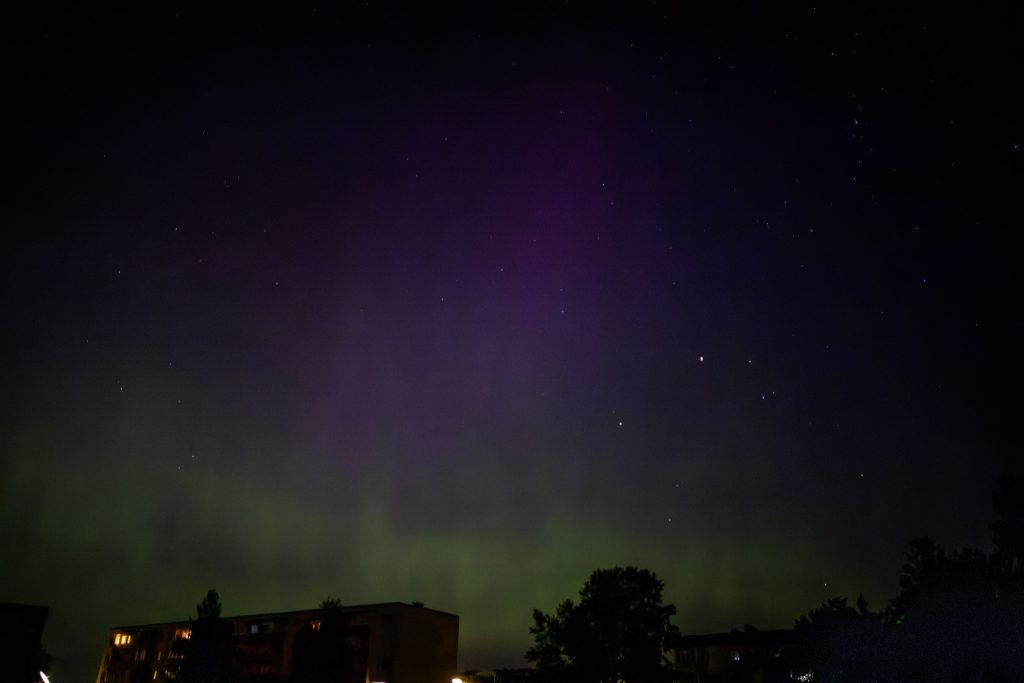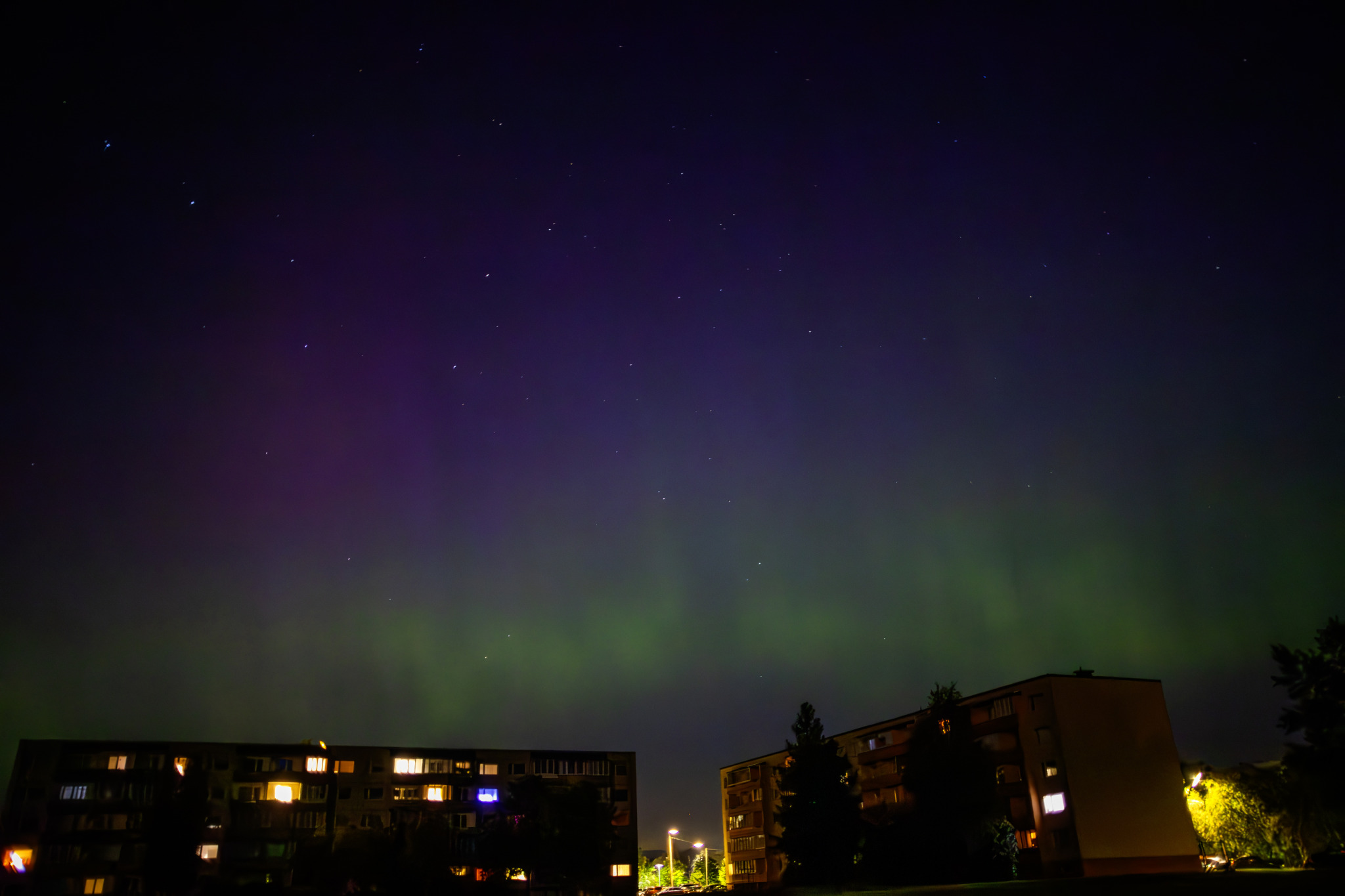
The Northern Lights, also known as the Aurora Borealis, is a stunning natural light display predominantly visible in high-latitude regions around the Arctic and Antarctic. The Southern Hemisphere equivalent is called the Aurora Australis.
Causes and Mechanism
- Solar Wind:
- The Northern Lights are caused by interactions between the solar wind and Earth’s magnetic field. Solar wind consists of charged particles (electrons and protons) emitted by the sun. When these particles reach Earth, they collide with gases in the Earth’s atmosphere, primarily oxygen and nitrogen.
- Magnetic Field Interaction:
- Earth’s magnetic field directs these charged particles towards the polar regions. The energy released from these collisions causes the atmospheric gases to emit light, creating the auroras.
- Atmospheric Gases:
- Oxygen: Emits green and red light when excited by solar particles.
- Nitrogen: Produces purples, blues, and pinks.
Appearance
- Colors:
- The most common color observed is green, but the auroras can also show red, pink, purple, blue, and sometimes even white. The specific colors depend on the type of gas involved and the altitude of the collisions.
- Patterns:
- Auroras often appear as curtains, arcs, or bands of light stretching across the sky. They can also form shimmering or waving patterns and sometimes appear as diffuse glows.
Best Viewing Locations
- Northern Hemisphere:
- Scandinavia: Norway, Sweden, and Finland, particularly above the Arctic Circle.
- Canada: Yukon, Northwest Territories, and northern parts of British Columbia and Alberta.
- Alaska: Especially in Fairbanks and other northern locations.
- Iceland: Best viewed from late August to April.
- Greenland: Particularly in the northern regions.
- Southern Hemisphere:
- Antarctica: Visible from the continent and surrounding southern polar regions.
- Australia: Occasionally visible in the southern parts, such as Tasmania.
- New Zealand: Particularly in the southern regions like Stewart Island and the Otago Peninsula.
Timing and Frequency
- Best Time:
- The best time to view the Northern Lights is during the winter months, when the nights are longest and the skies are darkest. The auroras are more frequently visible from September to April.
- Solar Activity:
- The intensity and frequency of auroras are influenced by solar activity, which follows an approximately 11-year cycle known as the solar cycle. During periods of high solar activity, known as solar maximum, auroras are more frequent and intense.
Scientific and Cultural Significance
- Scientific Study:
- Auroras are studied to understand solar-terrestrial interactions, including space weather phenomena that can affect satellite communications and power grids.
- Cultural Impact:
- Throughout history, auroras have inspired various myths and legends. For instance, in Norse mythology, they were thought to be the Bifrost bridge to the gods. Indigenous peoples of the Arctic regions also have rich traditions and stories related to the aurora.
Observing the Northern Lights
- Tips for Viewing:
- Find a dark location away from city lights to avoid light pollution.
- Check local aurora forecasts and space weather reports for the best viewing times.
- Dress warmly and be prepared for potentially long waits in cold conditions.
- Photography:
- Capturing the Northern Lights requires a camera with manual settings, a tripod, and a long exposure time to capture the dynamic and faint light displays.
Summary
The Northern Lights (Aurora Borealis) are a spectacular natural phenomenon created by the interaction of solar wind with Earth’s magnetic field and atmosphere. They are best viewed in high-latitude regions during the winter months and offer a breathtaking display of colors and patterns. Whether through scientific study or cultural significance, the Northern Lights continue to captivate and inspire those who witness their beauty.
Visited 842 times, 1 visit(s) today
Views: 926
Subscribe to the newsletter:
